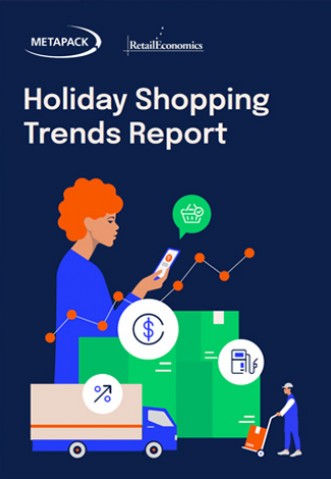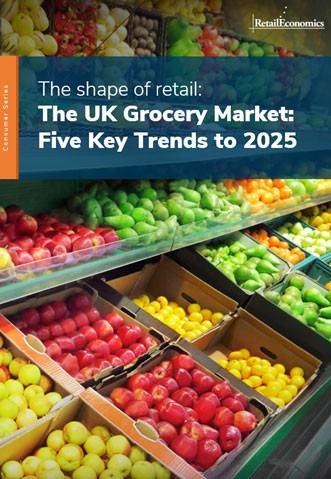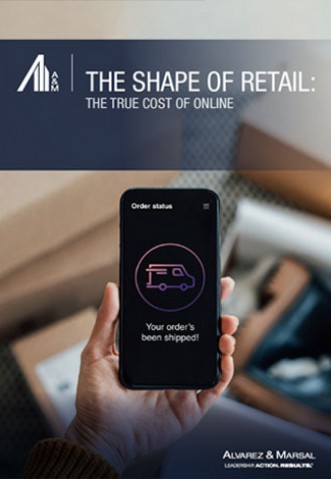Section 1: The e-commerce delivery landscape across Europe.
The retail landscape across Europe is rapidly evolving, propelled by technological advancements like AI together with increasingly complex omnichannel customer journeys.
At the same time, a constrained financial climate means brands need to find new ways to differentiate themselves. Against this background, delivery services have emerged as a pivotal battleground for customer satisfaction and loyalty. Online shopping behaviour varies across Europe, with the UK leading in online sales penetration for non-food retail, while France, Spain, and Italy are slightly less online.
However, online sales are growing, and delivery is becoming increasingly central to consumer purchasing decisions. Our research shows that 42% of consumers in the UK, France, Italy, and Spain primarily shop online, while 58% still prefer physical stores, driven by the demand for convenience (Fig. 2).
Fig. 2 – Shopping channel preference averages across survey regions for non-food
Which statement best describes your shopping habits for non-food products?

Source: Retail Economics
Creating customer loyalty feedback loops with delivery
Delivery is a critical factor for customer loyalty, with 81% of consumers across survey regions saying it influences their decision to shop with a retailer again. Nearly a third of consumers (30%) have stopped shopping with a retailer because of a poor delivery experience, rising to nearly half (47%) for those under 35, who appear particularly intolerant of poor experiences.
High income households are also more likely to be intolerant of mistakes than low or middle income, with 37% of households earning £61k (€73k) or more annually abandoning a retailer because of a poor delivery experience.
Brands are recognising that delivery can be successfully leveraged to win customer loyalty. When businesses get delivery right, a self-re-enforcing, positive feedback loop can be created. We present a ‘Delivery-Loyalty Feedback Model’ (Fig. 3) that identifies eight important sub-stages within the customer journey that offer the potential to ‘make or break’ a customer relationship.
The loyalty feedback loop is easily broken, however. A majority of consumers report having experienced some form of problem with the delivery process — an issue that can lead to customers abandoning retailers.
The most impactful delivery problems include products being damaged in transit, delays or mistakes in the delivery service, and poor customer support or communication when problems arise.
Fig. 3 – The Amazon Shipping ‘Delivery-Loyalty Feedback Model’
Source: Retail Economics
FREE access to more great report insights...
Visit the Amazon Shipping website here to download the full report
- Learn about the 'Customer delivery-loyalty ecosystem'
- Delivery factors driving loyalty by key European markets
- Target cohorts
- Delivery personas
- The future of delivery and more...

Download
About this report
This research was conducted by Retail Economics in partenership with Amazon Shipping. It includes a survey of over 6,000 consumers across the UK, France, Italy and Spain, and looks at how delivery can be leveraged to boost cusomter loyalty within ecommerce.
As online becomes an integral part of modern retail, the role of delivery has evolved into a critical touchpoint for customer engagement. Businesses need innovative ways to create meaningful interactions. Improving this aspect of the customer experience can drive higher satisfaction and loyalty. This study outlines frameworks and strategies for retail brands to transform delivery into a key element of building enduring customer connections.
The report can be used as a guide to understanding how consumer delivery preferences are shifting—and how you can adapt to win.
Partner with Retail Economics
Retail Economics delivers cutting-edge insights that empower businesses to make strategic decisions that drive growth. Partner with us to transform retail data into action—and to stay ahead in a rapidly changing industry.
View All THOUGHT LEADERSHIP REPORTS





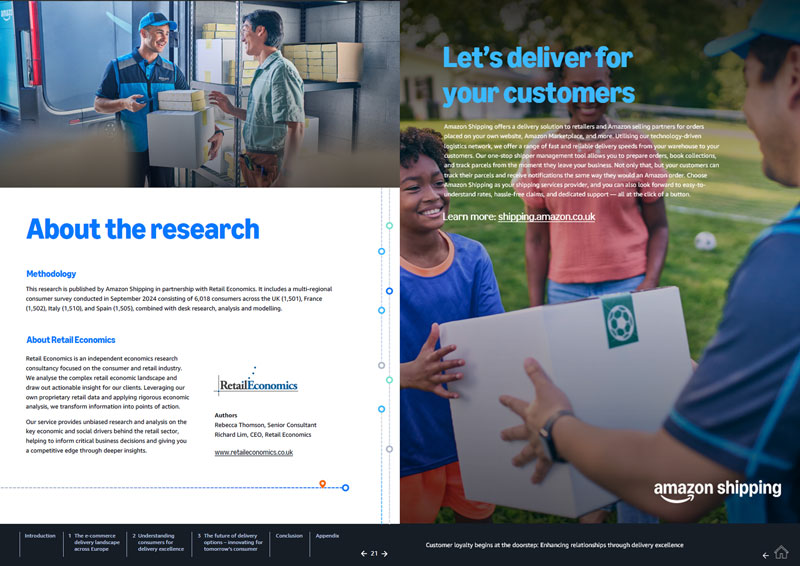

.jpg)


.jpg)



.jpg)










.jpg)
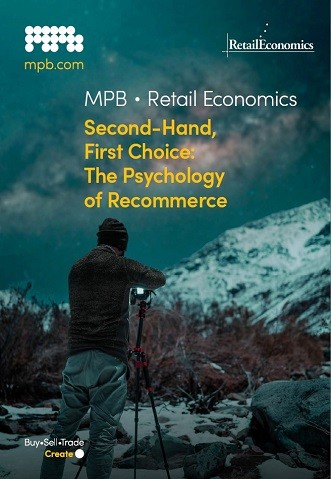

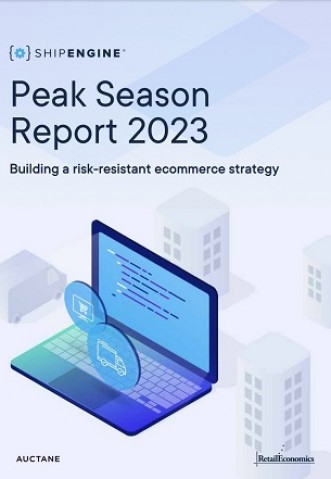

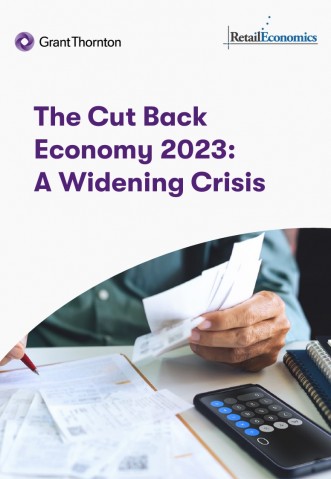










.jpg)
